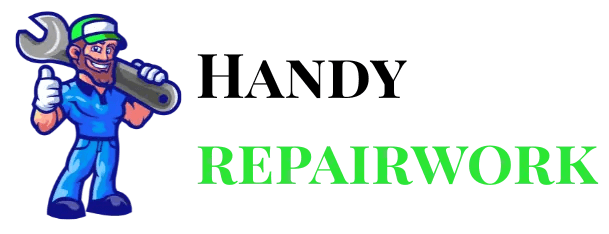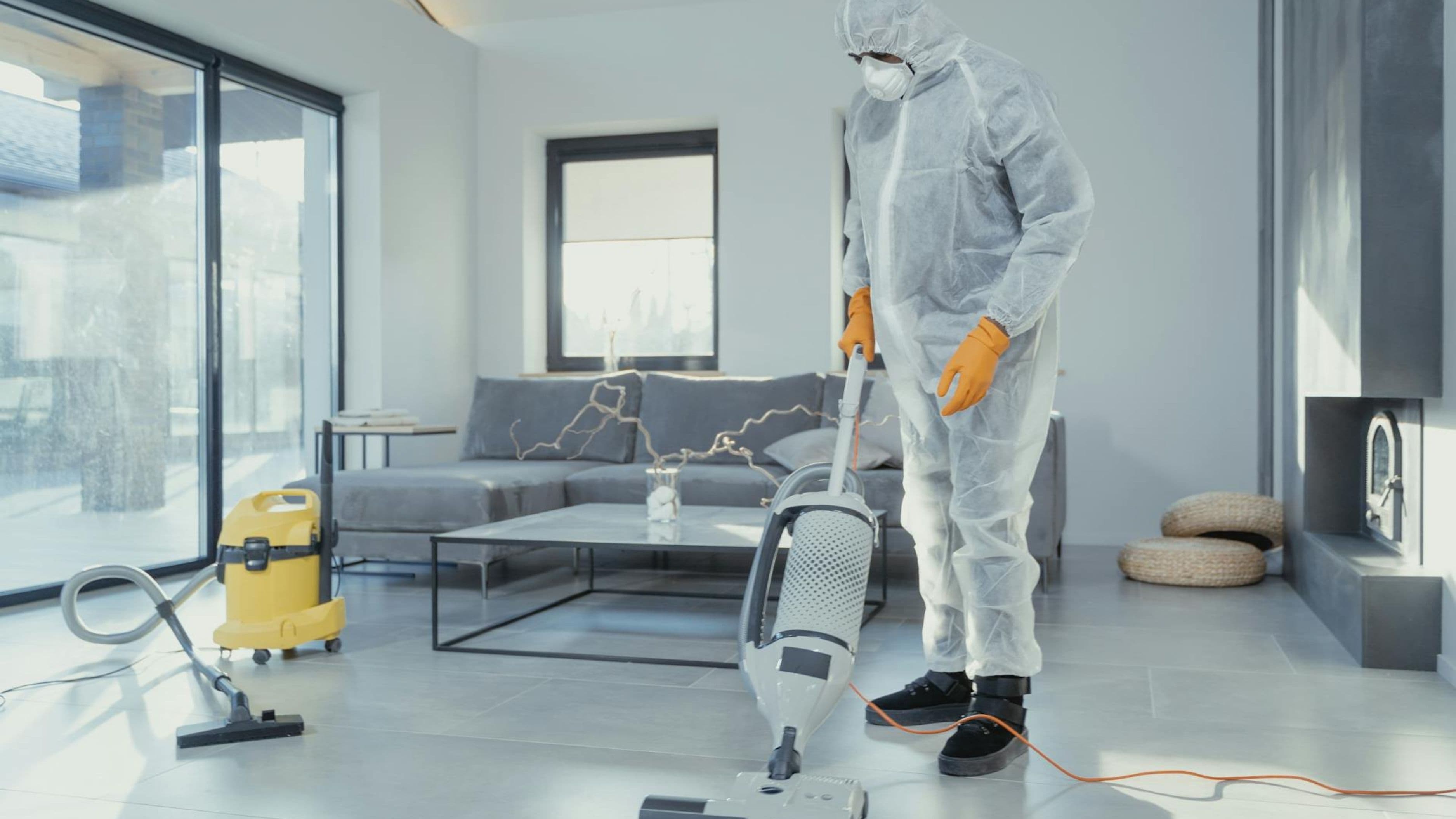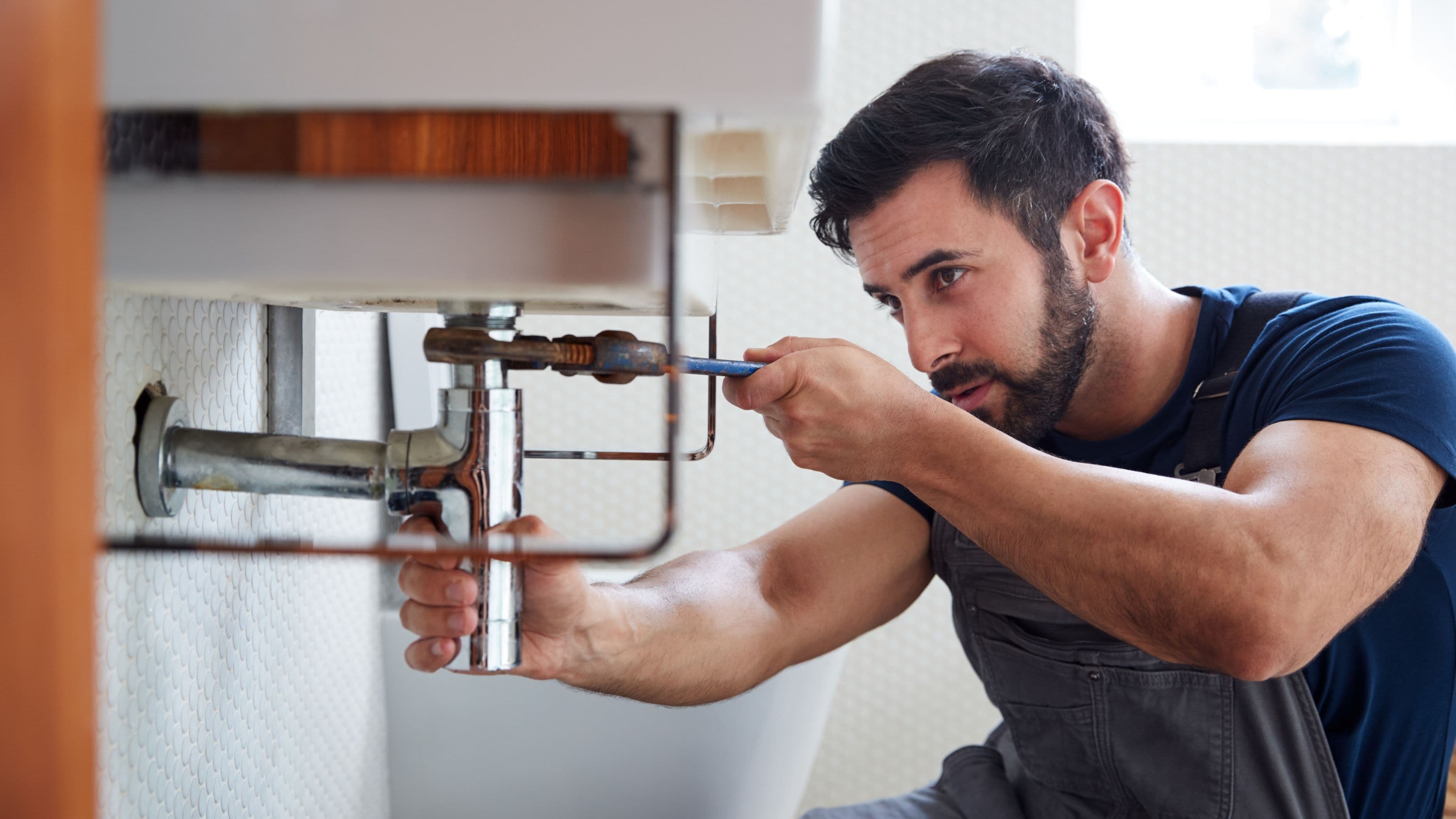Real estate investment can build wealth that lasts generations, but only if you protect it. The properties that appreciate steadily and generate reliable income aren't the ones that get emergency attention when something breaks. They're the ones whose owners treat maintenance like a ritual, catching small problems before they morph into catastrophes. Whether you're managing your first rental or overseeing a portfolio, understanding preventive maintenance transforms you from a reactive owner scrambling with duct tape to a strategic investor protecting your equity.
1. Small Leaks Sink Big Ships
That water stain I ignored? It started as a loose shingle that let rainwater seep into the attic insulation. Over three months, moisture accumulated, rotted the roof decking, and eventually saturated the drywall until gravity pulled it all down. What could have been a $200 shingle repair became a full roof section replacement, mold remediation, and interior restoration. Water damage is the silent destroyer of property value, and it moves faster than you think.
Schedule roof inspections twice yearly, especially after severe weather. Walk your property's perimeter after rainstorms, looking for pooling water near the foundation or unusual runoff patterns. Check under sinks, around toilets, and behind appliances where slow leaks hide in the shadows. Install water sensors in basements, near water heaters, and under washing machines—these $20 devices can alert you to problems before they become disasters. The smell of must or mildew isn't just unpleasant; it's your property screaming for attention.
Don't wait for tenants to report issues, because they often won't notice gradual changes or they'll minimize problems hoping they'll resolve themselves. Make water inspection part of your quarterly property visits, and teach tenants what to look for. A proactive approach to moisture control preserves your property's structural integrity and keeps your insurance premiums from skyrocketing.
2. HVAC Systems Don't Die Suddenly
The midnight call that your tenant's heat died in January feels sudden, but it isn't. HVAC systems deteriorate gradually, giving off warning signs months before complete failure. Strange noises, inconsistent temperatures, higher utility bills, and weak airflow all telegraph coming problems. By the time the system quits entirely, you're facing emergency repair rates and unhappy tenants who rightfully expect immediate solutions.
Replace filters every three months without exception—this simple task extends equipment life by years and improves air quality. Schedule professional HVAC maintenance twice annually, before heating season and before cooling season. Technicians can identify worn belts, refrigerant leaks, electrical issues, and efficiency losses while they're still manageable. Clean outdoor condenser units regularly, removing leaves, grass clippings, and debris that force the system to work harder. Inspect ductwork for leaks that waste energy and compromise performance.
Budget for HVAC replacement before you need it. Most systems last 15-20 years, but pushing them beyond their lifespan with constant repairs costs more than planned replacement. Keep maintenance records meticulously—they prove due diligence to buyers if you sell and help technicians diagnose recurring issues faster. A well-maintained HVAC system keeps tenants comfortable, controls energy costs, and prevents the catastrophic failure that could leave you scrambling for solutions during peak season when contractors charge premium rates.
3. Gutters Are Your Foundation's Best Friend
Most people think gutters exist to keep rain off their heads when they walk to the door. Actually, gutters are your foundation's primary defense system, channeling thousands of gallons of water away from the structure's base. When gutters clog with leaves and debris, water overflows directly against your foundation, seeping into basements, causing cracks, and creating the damp conditions where mold thrives. Foundation repairs start at $10,000 and climb rapidly—all preventable with regular gutter maintenance.
Clean gutters at least twice yearly, in spring and fall, or more frequently if your property has trees nearby. While you're up there, inspect for rust, holes, and sections pulling away from the fascia. Check that downspouts direct water at least six feet from the foundation, not into planter beds or toward the house. Consider installing gutter guards if cleaning becomes too frequent, though they're not maintenance-free—you'll still need periodic inspections.
Walk your property during heavy rain to observe water flow patterns. You'll spot problems that aren't visible when dry: overflowing sections, pooling near the foundation, or inadequate drainage. Extend downspouts with flexible extensions or underground drain pipes to move water even farther from the structure. Foundation issues destroy property value faster than almost anything else, and the solution costs pennies compared to structural repairs.
4. Landscaping Shapes More Than Curb Appeal
Trees and shrubs don't just make properties attractive—they actively affect your building's integrity. Tree roots seek water, and they'll invade sewer lines, crack foundations, and lift sidewalks in their search. Overgrown bushes trap moisture against siding, creating perfect conditions for rot and pest infestations. That beautiful shade tree planted too close to the house will eventually cost you thousands in removal and repair.
Trim trees and shrubs away from the building, maintaining at least three feet of clearance from siding and roof lines. Inspect for branches touching the roof that provide pest highways and damage shingles during windstorms. Know which trees you have and where their roots spread—some species are notoriously destructive. Willows, poplars, and silver maples, for instance, have aggressive root systems that threaten underground utilities and foundations.
Grade soil away from your foundation so water flows outward, not toward the house. Add mulch strategically to control erosion and retain soil moisture, but keep it six inches from siding to prevent rot. Consider hiring an arborist every few years for a professional assessment, especially for large, mature trees. Dead or dying trees are liability bombs waiting to fall on your roof during storms, and insurance companies increasingly deny claims when property owners ignored obvious hazards. Strategic landscaping protects your investment while enhancing aesthetic appeal and property value.
5. Your Water Heater Is a Ticking Time Bomb
Traditional tank water heaters fail catastrophically. One day they're heating water perfectly; the next day they're flooding your utility room with 40-50 gallons of rusty water. The average water heater lasts 8-12 years, but most owners don't know how old theirs is or what maintenance it needs. The first sign of failure shouldn't be water pooling across your floor.
Drain and flush your water heater annually to remove sediment that reduces efficiency and accelerates tank corrosion. This simple task takes 30 minutes and extends the unit's lifespan significantly. Check the temperature setting—120°F is optimal for safety and efficiency. Inspect the pressure relief valve annually by lifting the lever briefly to ensure it operates freely. Look for rust on the tank or corrosion on fittings, which signal approaching failure.
Install a drain pan under tank water heaters with a drain line or water alarm to catch leaks before they cause damage. Note the installation date on the unit with permanent marker if it's not already labeled—you need to know its age to plan replacement. When the time comes, consider tankless or hybrid models that offer better efficiency and eliminate catastrophic flooding risks. Budgeting for water heater replacement before emergency strikes gives you time to research options, compare prices, and schedule installation conveniently rather than paying premium rates for rushed service.
6. Pest Prevention Beats Extermination
By the time you see mice droppings or termite tunnels, the invasion is well-established. Pests enter through gaps you'd think were too small, and once inside, they multiply rapidly while damaging insulation, wiring, and structural wood. Reactive pest control costs significantly more than preventive measures, and some infestations like termites can compromise your property's structural integrity within months.
Seal gaps around pipes, vents, and utility lines where they enter the structure. Install door sweeps and repair torn screens. Trim vegetation away from the building so branches don't provide pest highways. Keep firewood stored at least 20 feet from the house and elevated off the ground. Maintain proper ventilation in attics and crawl spaces to prevent the moisture that attracts pests.
Schedule annual professional pest inspections even if you haven't seen evidence of problems. Termites, in particular, cause billions in property damage annually, and early detection prevents catastrophic loss. Store food properly, fix leaky faucets promptly, and eliminate standing water where mosquitoes breed. Keep trash bins clean and far from entrances. These unglamorous tasks protect your investment from creatures that can cause shocking damage surprisingly fast.
7. Your Property's Envelope Needs Weatherproofing
The building envelope—your property's exterior shell including siding, windows, doors, and roof—separates comfortable interior from harsh exterior conditions. When this envelope develops breaches, energy costs skyrocket, moisture infiltrates, and comfort declines. Weatherproofing isn't a one-time task but an ongoing commitment to maintaining the barriers that protect your investment.
Inspect caulking around windows and doors annually, recaulking where gaps appear or material has dried and cracked. Check weatherstripping and replace it when compressed or damaged. Look for gaps where different materials meet: where siding meets foundation, where additions connect to the main structure, where chimneys penetrate the roof. These transition points are vulnerable to weather infiltration and require vigilant maintenance.
Consider a professional energy audit that uses thermal imaging to identify air leaks invisible to the naked eye. Seal penetrations where utilities enter the building. Inspect attic insulation and ensure proper ventilation prevents moisture buildup. Address any siding damage immediately—missing boards or cracked stucco allow water and pests to enter wall cavities where damage accelerates hidden from view. The building envelope is your first line of defense against the elements, and maintaining it properly reduces energy costs while protecting structural components from premature deterioration.
8. Documentation Is Your Secret Weapon
The day you need proof of maintenance is exactly when you can't remember the details. When selling your property, negotiating insurance claims, or defending against tenant lawsuits, documentation transforms your word into evidence. Professional investors maintain detailed maintenance logs that track every repair, inspection, and upgrade throughout ownership.
Photograph your property's condition regularly, especially before new tenants move in and after any maintenance work. Save receipts, invoices, and warranty documents in organized digital files with clear naming conventions. Create a maintenance spreadsheet tracking dates, vendors, costs, and work performed. Note serial numbers and installation dates for major systems and appliances. This organizational system seems tedious until it saves you thousands by proving proper maintenance to buyers, substantiating insurance claims, or documenting property conditions during tenant disputes.
Documentation also helps you track actual costs and schedule upcoming needs. When you know exactly when the roof was replaced, you can budget for the next one intelligently. When you have five years of HVAC maintenance records, you can predict remaining lifespan more accurately. This data-driven approach transforms property ownership from guesswork to strategic asset management, helping you maximize returns while minimizing unexpected expenses.
Preventive maintenance feels like spending money on problems that haven't happened yet, but that's precisely the point. Every dollar invested in prevention saves ten in emergency repairs. More importantly, consistent maintenance preserves the asset that represents your financial future. Properties deteriorate inevitably—the question is whether decline happens under your control or beyond it. The owners who build lasting wealth through real estate aren't lucky; they're disciplined. They treat their properties like the valuable assets they are, protecting them with the same attention they'd give any investment worth hundreds of thousands of dollars.
Start today by scheduling one inspection you've postponed. Walk your property with fresh eyes, looking at gutters, foundation, landscaping, and systems. Create your maintenance calendar for the next year, blocking time for seasonal tasks before life gets busy. Your future self—the one not writing five-figure repair checks or dealing with emergency contractors at midnight—will thank you. Real estate investing rewards the patient and punishes the reactive. Which investor will you be?
📚 Sources
1. National Association of Home Builders (NAHB). "Study of Life Expectancy of Home Components." Housing Economics, 2021.
2. Insurance Information Institute. "Water Damage and Mold: Facts and Statistics." 2024.
3. U.S. Department of Energy. "Maintaining Your Air Conditioner." Energy.gov, 2023.
🔍 Explore Related Topics










